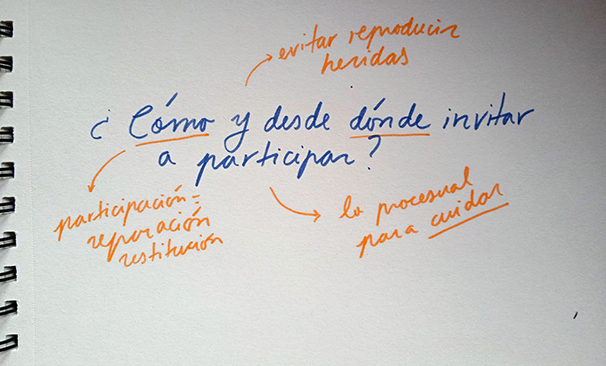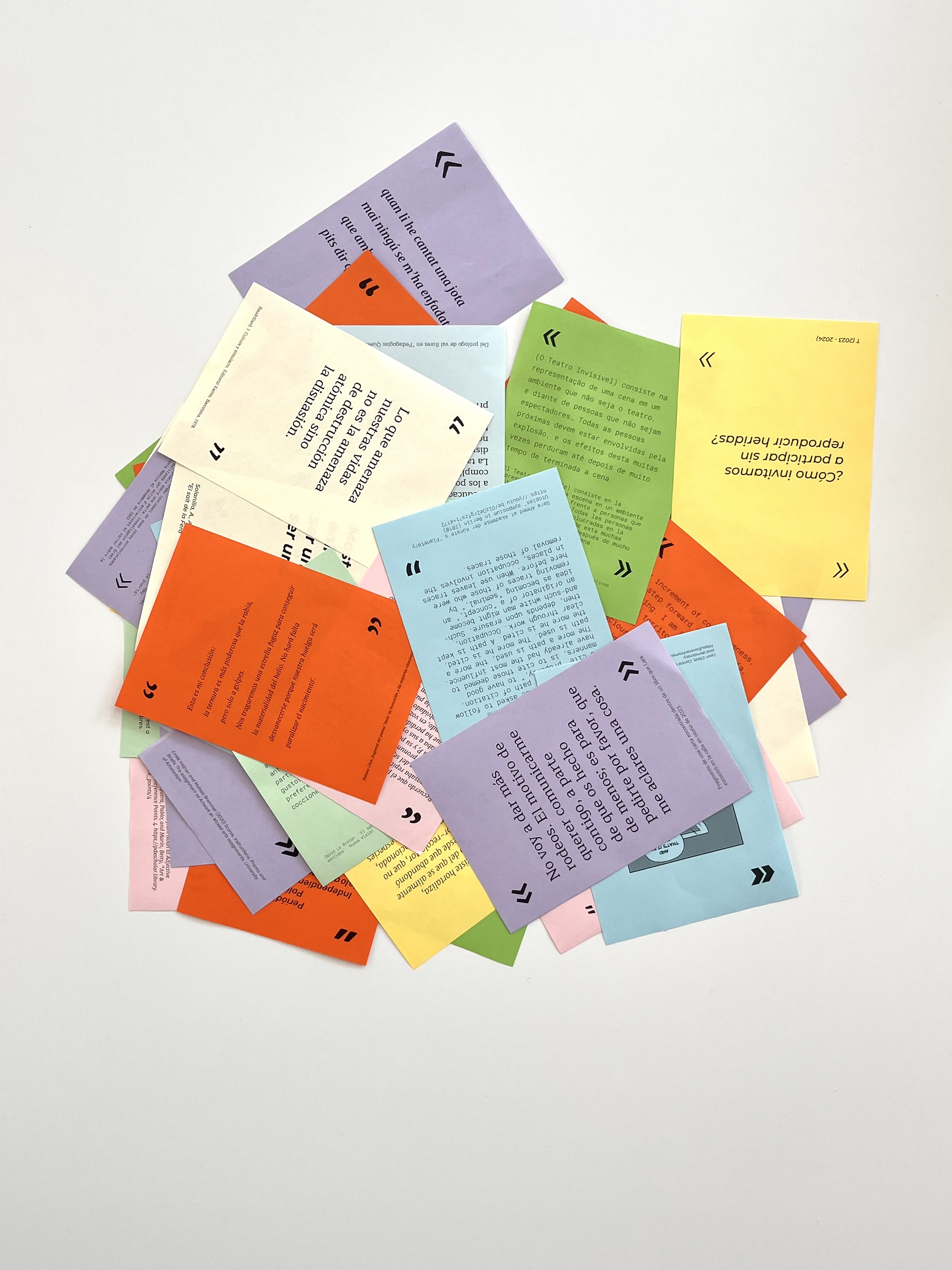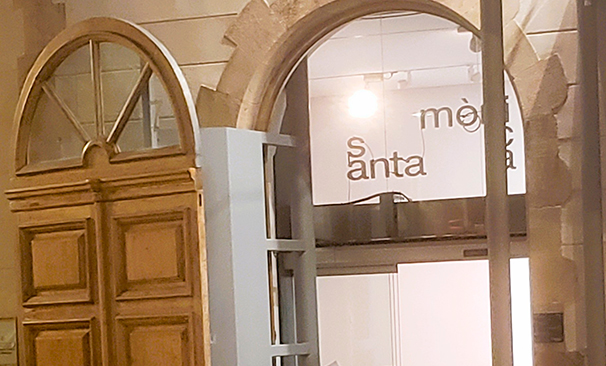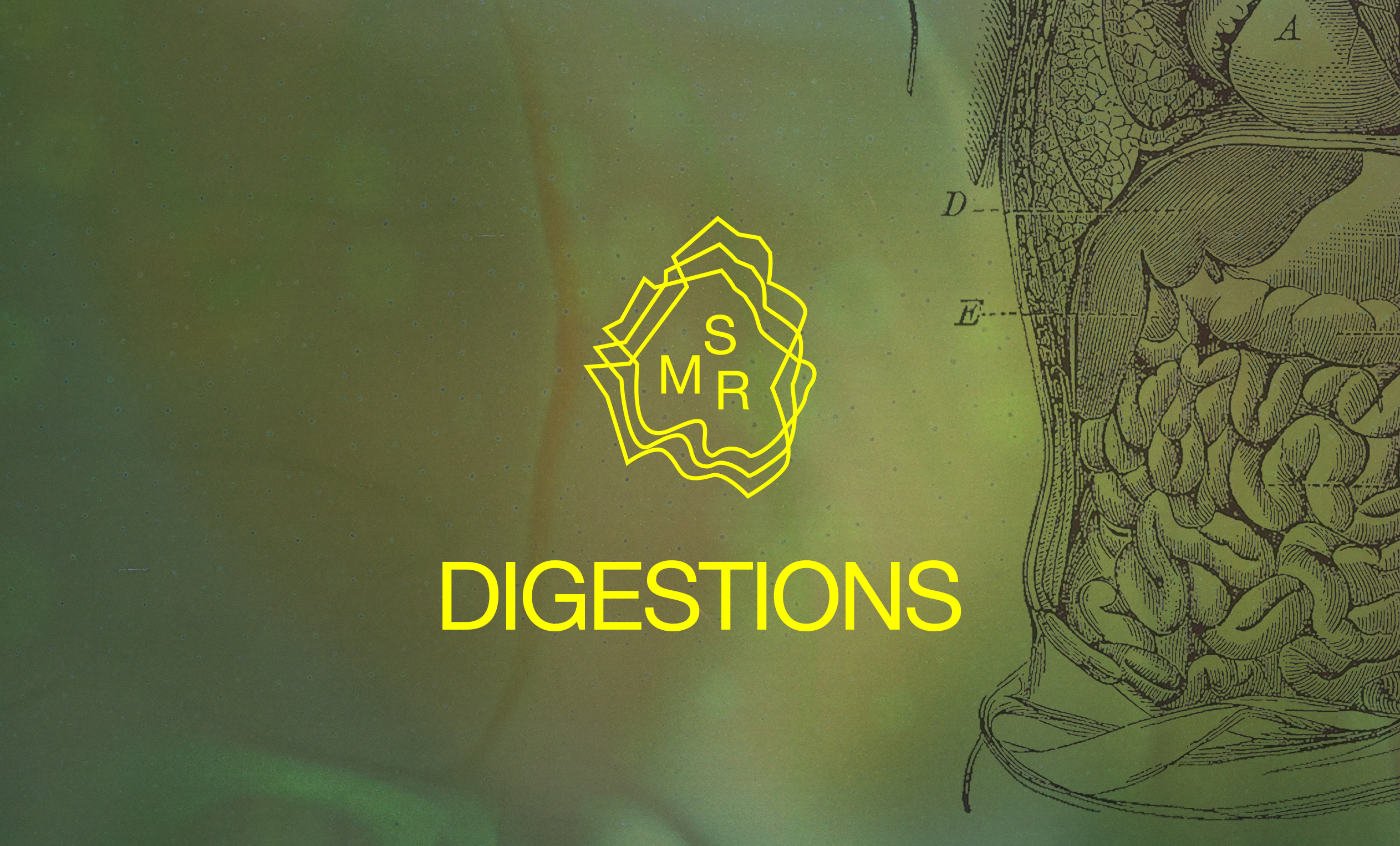What are you looking for?
You might be looking for...
Qui és normal?
Questions to generate reflection on access to art
Abstract
This prototype proposes a set of questions to generate reflection on access to art and the ableist normality. These are questions designed to be easy to understand, but which at the same time focus attention on profound questions about the relationship between the public and the artistic proposals.
Our country's legislation apparently guarantees access to culture. However, this access remains limited: the law does not facilitate the application of these guarantees and some groups are still left out. Socially, there is little awareness of the structures that foster these limits and how they affect the processes of creation and presentation of artistic works. At the same time, cultural action rarely pays attention to broadening this access to culture.
Qui és normal? wants to make the public reflect, in an accessible and friendly way, on what we understand to be habitual or normalised and on the exclusions that this entails. The proposal invites us to question both access to art and the individual's position in relation to the idea of normality.
BACKGROUND
1. Make a list of the groups you think are left behind in cultural access. Keep in mind that this access is not only as a public, but also at the institutional level and in participation as creators, artists and curators.
2. Formulate a set of questions that ask whether they are included in this artistic proposal. Make sure that it can be used for any artistic proposal and that all groups are represented in the questions.
3. Find a presentation format.
4. Pilot test one or more cultural events.
5. Adjust the proposal according to the feedback obtained.
6. Create a definitive proposal. Translate it also into the languages spoken in the territory. In the original prototype they were Catalan, Spanish, Urdu and Arabic.
7. Also, adapt it to audio format and create a QR for access.
8. Make a printout on thick paper and make the Braille markings.
STEPS
Participation Guild Prototype 23-24
Tatiana Adelaida, Antoni Conesa and Violeta Ospina
* This recipe is based on documentation of the entire process. For more details, contact us at santamonica@gencat.cat.







